A couple of weeks ago, the U.S. Tax Court decided a case (Burke v. Commissioner) that should be on the required reading list for every would-be entrepreneur who decides to go into a business with a friend on a handshake and with no written agreement (or perhaps a few words scribbled on a napkin).
Mr. Burke, the taxpayer, was a wealthy businessman who put a lot of money into a scuba diving business in Belize that he started with an old friend from his college days. Over the course of 17 years, Mr. Burke put over $11 million into the company.
Over the years, Mr. Burke’s ownership interest increased from 50% to 82.5%. The business was not profitable, and after years and years of putting money into the business, Mr. Burke decided to pull the plug on the money spigot.
As Judge Holmes put it: “In 2009 Belize Dive built a man-made lagoon on its island where customers could swim with four dolphins. Revenues were less than expected.That was enough. After one last multimillion-dollar spasm of money transfers, Burke finally gave up.”
Boiling everything down to its basics, the legal and tax issue was clear and straightforward: Were the millions of dollars that Mr. Burke put in to the company loans (and, thus, available to serve as deductible capital losses on Mr. Burke’s tax returns) or was that $11 million Mr. Burke’s equity contributions to the company (and, thus, not deductible).
Judge Holmes went through a thorough analysis of the familiar debt-equity factors, and determined that the money Mr. Burke put into the company was equity and not debt. So, the bottom line was no tax deduction for the taxpayer for the years in question. The best Mr. Burke could hope for was a deductible taxable loss if and when he disposes of this stock in the company.
Although the listed factors may differ from court to court or jurisdiction to jurisdiction, this is a pretty good list: (1) the names given to the certificates evidencing the indebtedness; (2) the presence or absence of a maturity date; (3) the source of the payments; (4) the right to enforce the payment of principal and interest; (5) participation in management; (6) a status equal to or inferior to that of regular corporate creditors; (7) the intent of the parties; (8) “thin” or adequate capitalization; (9) identity of interest between creditor and stockholder; (10) payment of interest only out of “dividend” money; and (11) the ability of the corporation to obtain loans from outside lending institutions.
The lesson that this case highlights is that it is absolutely vital to be forward thinking and plan ahead when you are funding a closely held business that you either own or co-own with others. It is crucial to think through and contemporaneously document how you want money flowing into a business to be characterized, either as loans or as equity contributions.

